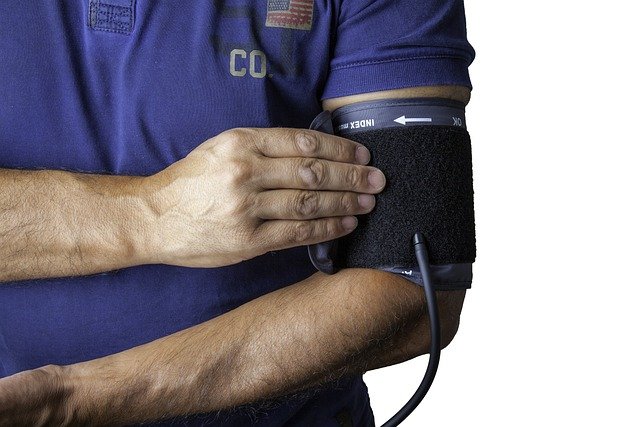Baby carriages: choosing the right option for your family
A baby carriage remains a core piece of parenting equipment, combining mobility, safety, and comfort for infants and caregivers. Whether you’re navigating sidewalks, parks, or public transit, understanding features, types, and compatibility with everyday life helps you select a solution that supports routines, travel, and child development without unnecessary complexity.

How does a baby carriage fit into modern parenting?
A baby carriage can serve as a primary mobile resting space for newborns and young infants, complementing feeding, sleep, and daily outings. For parents juggling errands, work outside the home, or active caregiving, a carriage provides a stable, reclining surface with suspension and canopy protection. Consider how frequently you’ll use it, whether you need one- or two-person handling, and how it stores in apartments, cars, or public transport. Look for intuitive folding mechanisms and fabric that’s easy to clean to reduce daily friction in parenting tasks.
What to know about travel system compatibility
A travel system pairs a baby carriage or stroller frame with an infant car seat that locks in place, simplifying transitions from car to pavement. If car travel is routine, a travel system reduces the need to wake a sleeping infant when moving between vehicles and sidewalks. Check compatibility between the car seat and the carriage frame, and confirm installation instructions for both rear-facing and base-mounted setups. Consider adapters for third-party car seats cautiously and verify any fit with manufacturer guidelines. Ease of transfer, secure locking, and a stable canopy are practical things to test before regular use.
When is a jogging stroller appropriate?
A jogging stroller differs from a traditional baby carriage by emphasizing wheel suspension, a fixed front wheel or locking swivel, and a robust frame suited for higher speeds and uneven terrain. These features can improve ride stability when parents want to combine exercise with childcare, but they are generally heavier and less compact. Jogging strollers are best for babies who have adequate neck control (typically older than newborn stage) and for parents who understand safe running practices with a child onboard. Check weight limits, harness quality, and braking systems; test steering responsiveness on the surfaces you plan to use most.
Which baby comfort features matter most?
Comfort features directly affect how long a child can rest happily in a carriage and how easy it is for caregivers to maintain. Look for adjustable recline positions, breathable padding, and a five-point harness that secures without causing pressure points. A deep, adjustable canopy with UPF-rated fabric, mesh ventilation panels, and a suspension system for bump absorption improves the ride for infants. Removable, washable liners and fabrics treated for quick drying help keep the carriage hygienic. If you expect long outings, consider extra storage capacity for diapers, snacks, and a changing pad to maintain baby comfort and caregiver convenience.
What types of baby carriage designs and safety checks are essential?
Baby carriages are available in classic bassinet-style, convertible strollers with removable seats, and modular systems that adapt to car seats or toddler seats. Evaluate frame stability, wheel quality, and brake reliability as part of any safety check. Confirm that the carriage meets current safety standards in your country and inspect for certification labels, stable locking mechanisms, and no large gaps where a child’s fingers or limbs might be trapped. Periodically examine straps for fraying, wheel axles for debris, and joints for unexpected looseness. For repairs or inspections, local services and authorized repair centers can provide maintenance and replacement parts.
Conclusion
Selecting a baby carriage involves balancing daily routines, travel habits, and the child’s developmental needs. Prioritize compatible features—such as travel system compatibility if you use a car seat frequently, or a jogging stroller if you plan to run—while focusing on baby comfort, safety certifications, and practical considerations like foldability and cleaning. Thoughtful evaluation of these elements helps caregivers choose a carriage that supports predictable, safe, and comfortable mobility for both infant and family.






